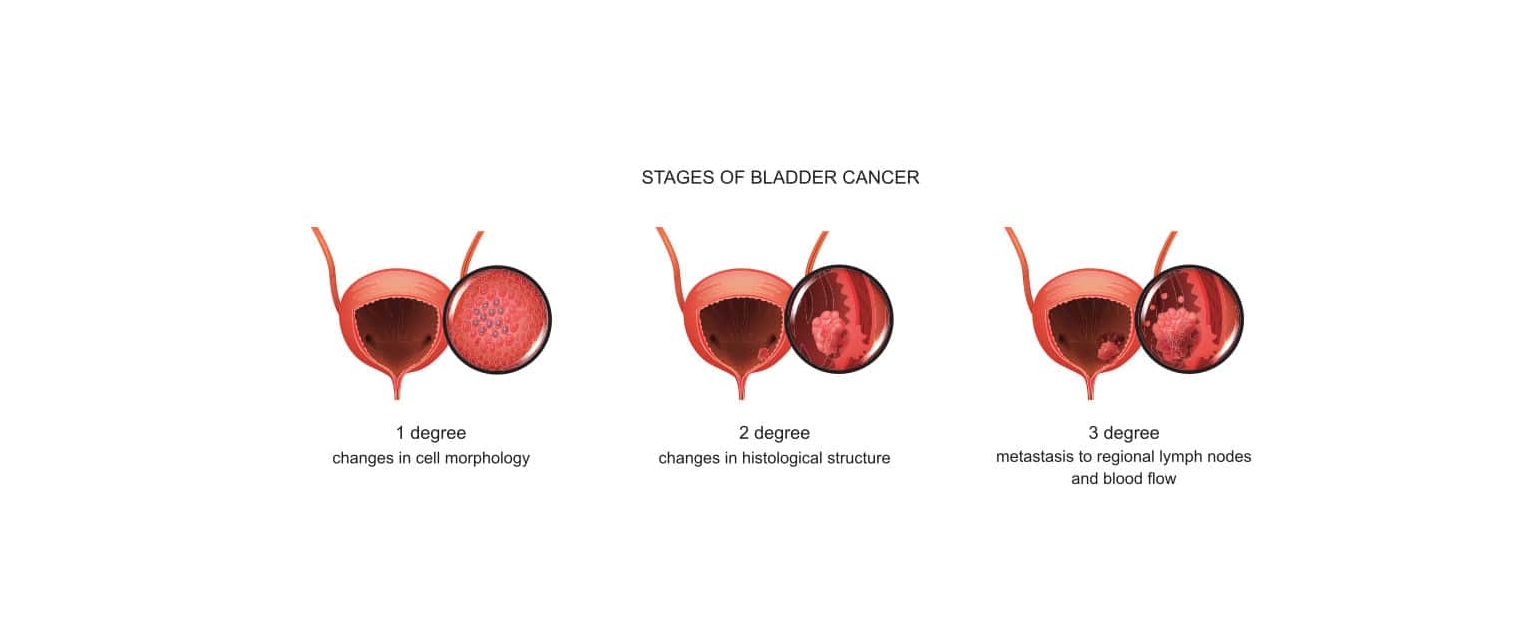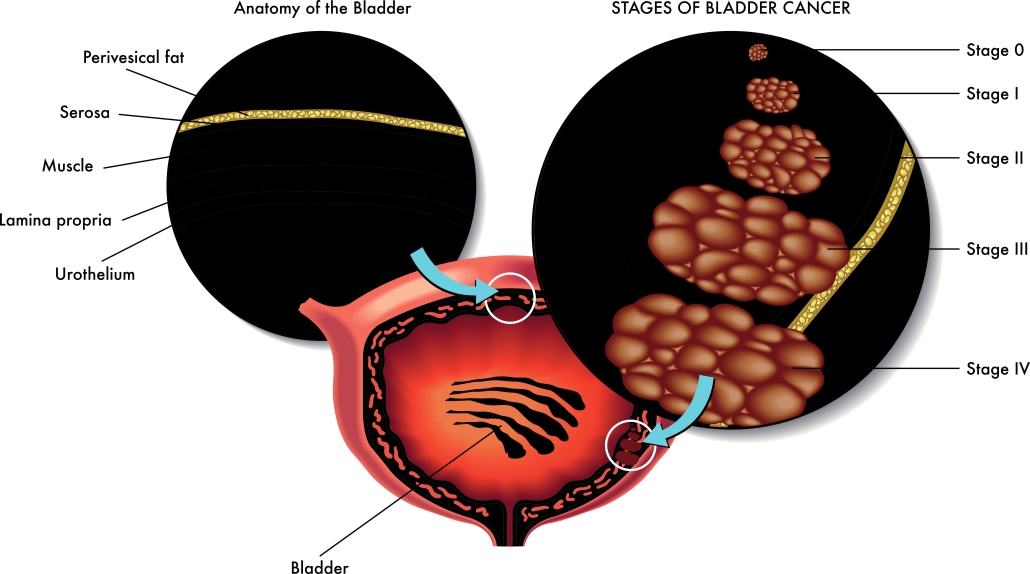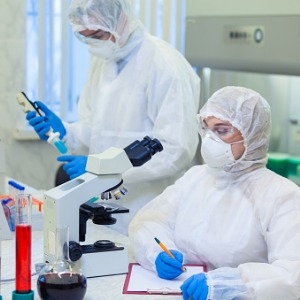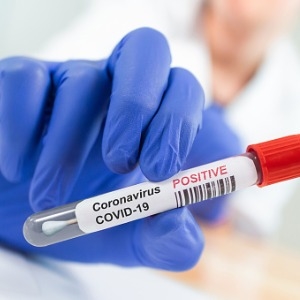What is Bladder Cancer?
Bladder cancer starts when cells that make up the urinary bladder start to grow out of control. As more cancer cells develop, they can form a tumor and, with time, spread to other parts of the body.

The bladder is a hollow organ in the lower pelvis. It has flexible, muscular walls that can stretch to hold urine and squeeze to send it out of the body. The bladder’s main job is to store urine. Urine is liquid waste made by the 2 kidneys and then carried to the bladder through 2 tubes called ureters. When you urinate, the muscles in the bladder contract, and urine is forced out of the bladder through a tube called the urethra.
Most bladder cancers are diagnosed at an early stage, when it is highly treatable. But even early-stage bladder cancers can come back after successful treatment. For this reason, people with this type of cancer typically need follow-up tests for years after treatment to look for bladder cancer that recurs.
Symptoms:

Bladder cancer signs and symptoms may include:
- Blood in urine (hematuria), which may cause urine to appear bright red or cola colored, though sometimes the urine appears normal and blood is detected on a lab test
- Frequent urination
- Painful urination
- Back pain
Types of bladder cancer:

Urothelial Carcinoma:
Urothelial carcinoma, also known as transitional cell carcinoma (TCC), is by far the most common type of bladder cancer. In fact, if you have bladder cancer it’s almost certain to be a urothelial carcinoma. These cancers start in the urothelial cells that line the inside of the bladder. Urothelial cells also line other parts of the urinary tract, such as the part of the kidney that connects to the ureter (called the renal pelvis), the ureters, and the urethra. People with bladder cancer sometimes have tumors in these places, too, so all of the urinary tract needs to be checked for tumors.
Other types of cancer can start in the bladder, but these are all much less common than urothelial (transitional cell) cancer.

Squamous Cell Carcinoma:
In the US, only about 1% to 2% of bladder cancers are squamous cell carcinomas. Seen with a microscope, the cells look much like the flat cells that are found on the surface of the skin. Nearly all squamous cell carcinomas of the bladder are invasive.
Adenocarcinoma:
Only about 1% of bladder cancers are adenocarcinomas. These cancer cells have a lot in common with gland-forming cells of colon cancers . Nearly all adenocarcinomas of the bladder are invasive.
Small Cell Carcinoma:
Less than 1% of bladder cancers are small-cell carcinomas. They start in nerve-like cells called neuroendocrine cells. These cancers often grow quickly and usually need to be treated with chemotherapy like that used for small cell carcinoma of the lung.
Sarcoma:
Sarcomas start in the muscle cells of the bladder, but they are very rare.
These less common types of bladder cancer (other than sarcoma) are treated a lot like TCCs, especially early-stage tumors, but if chemotherapy is needed, different drugs might be used.
For more information regarding treatments related to bladder cancer, visit us at Travocure or get in touch at +91 7045798938.
Cancer Recovery: Wellness Retreats , Cancer Survivor Kit & Cancer Survivor: Life After Cancer
















Leave a Reply
Want to join the discussion?Feel free to contribute!